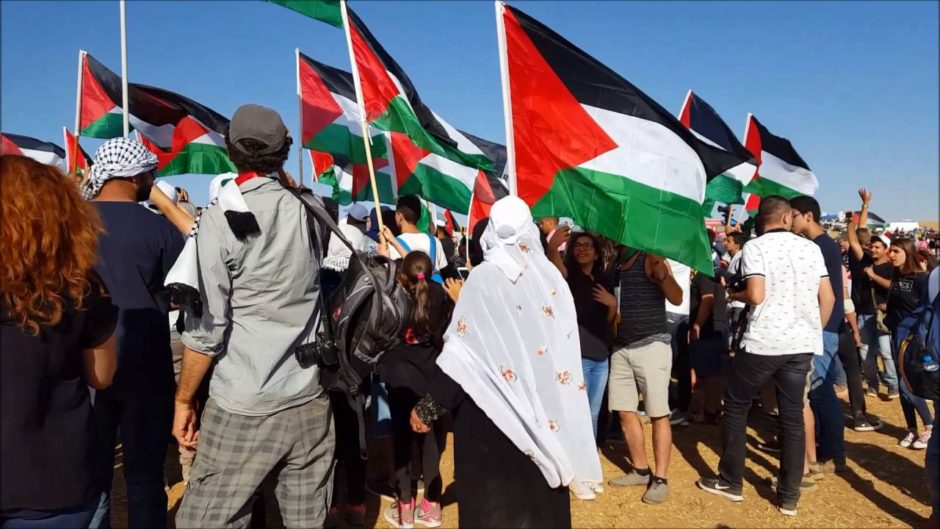The March of Return, which unfolded on March 30 along Israel’s border fence with the Gaza Strip and resulted in the deaths of 15 Palestinians — the biggest Palestinian death toll in a single day since the 2014 Gaza war — was exploited by Hamas to exert diplomatic pressure on Israel and to highlight the festering Palestinian refugee issue.
The much anticipated Palestinian event was the first in a series of events that will climax on May 15, a date that resonates with Israelis and Palestinians for very different reasons. May 15 not only marks the 70th anniversary of Israel’s statehood, but the start of a process that ended with the dispossession of about 700,000 Palestinians from their homes in what is now Israel, a catastrophe known in Arabic as the Nakba.
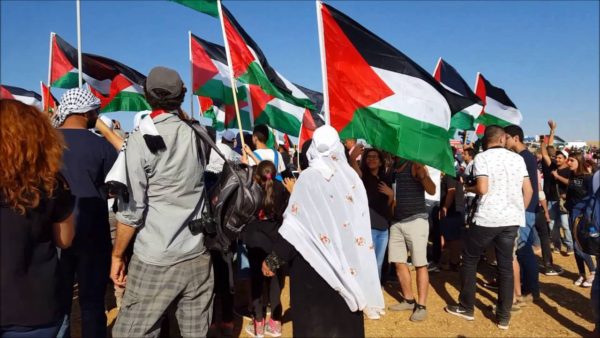
The March of Return was designed to underscore the Palestinians’ dedication to the right of return, a principle that Israel and its allies categorically reject, and their opposition to Israel’s land and sea blockade of Gaza, from which Israel withdrew unilaterally in 2005.
In addition, the March of Return commemorated the 42nd anniversary of Land Day. On March 30, 1976, Israeli police shot and killed six Israeli Arabs protesting the expropriation of Arab lands in northern Israel, a traumatic incident that still smoulders in the 1.8 million-strong Israeli Arab community and explains their support of the March of Return.
These grievances, downplayed by Israel, were in the spotlight as 30,000 Palestinians from Gaza converged on a tent encampment near the Israeli border. Most of Gaza’s two million inhabitants are either refugees from the 1948 Arab-Israeli War or the descendants of these refugees.
Palestinians leaders called for mass protests after the United States recognized Jerusalem as Israel’s capital last December and announced its intention to move its embassy from Tel Aviv to Jerusalem. Protests did not materialize, but the concept struck a chord with Ahmed Abu Artema, a social media activist from Gaza.
It was not a new idea by any means. Some Palestinians, having grown weary of two bloody uprisings against Israel’s occupation of Palestinian lands since the 1967 Six Day War, have called for a non-violent strategy to force a change in Israeli policy.
Hamas, which has governed Gaza since 2007, endorsed and promoted the March of Return, regarding it as an opportunity to enhance its popularity, fire up the Palestinian masses with nationalist slogans, blacken Israel’s name and garner regional and international backing for its rejectionist agenda.
Despite pressure from the major powers, Hamas has not recognized Israel, renounced terrorism or accepted agreements signed between the Palestinian Authority and Israel. Indeed, Hamas has husbanded scarce resources to fight three border wars with Israel since 2008.
As expected, Hamas leaders emphasized one theme — the right of return. Although Hamas pays lip service to a two-state solution, it continually calls for Israel’s destruction and the formation of an Islamic state in its place.
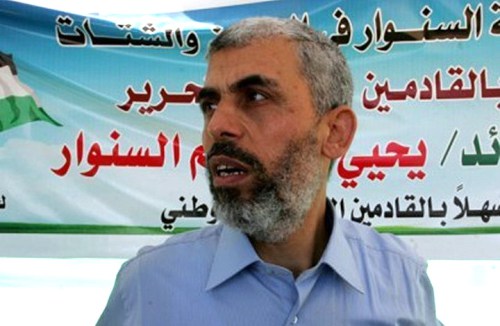
Ismail Haniyeh, a major Hamas figure, said the March of Return signified the start of the Palestinians’ return to “all of Palestine.” Gaza’s prime minister, Yahya Sinwar, declaring that the Palestinians will not relinquish “one inch of the land of Palestine,” said the March of Return will “not stop until we remove this transient border” between Israel and Gaza.
In the days leading up to the March of Return, Hamas issued assurances that it would be “peaceful” and “non-violent.” In hindsight, this was little more than rhetoric. Hamas, having planted operatives among the marchers, knew in advance that an eruption of violence was very likely. In 2011, groups of Palestinians in Syria, Gaza, Lebanon and Jordan attempted to cross into Israel, causing the deaths of more than 30 protesters.
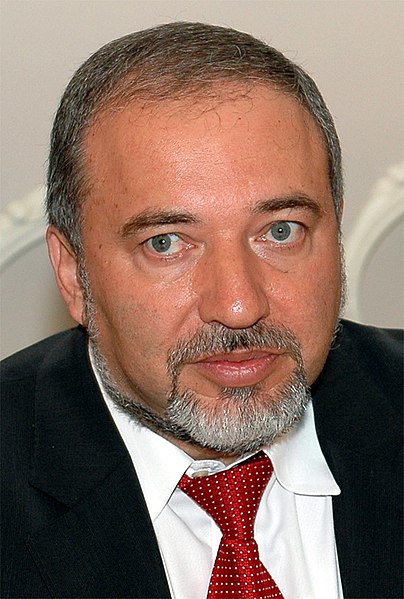
Seven years on, Israeli Defence Minister Avigdor Liberman warned Palestinians to stay away from the border, which in recent weeks had been violated by Palestinians planting explosives or trying to cross into Israel. Due to these incidents, Israel doubled its forces along the frontier and deployed drones.
On March 30, the majority of the Palestinians massed near the Israeli border behaved peacefully. A small number of activists, however, began hurling stones and Molotov cocktails and rolling burning tires toward the fence. Israel responded with tear gas and bullets. Later, Israeli aircraft and tanks bombed Hamas sites in Gaza. According to Israeli reports, 10 of the 15 Palestinians killed belonged to Hamas and other Palestinian armed groups.
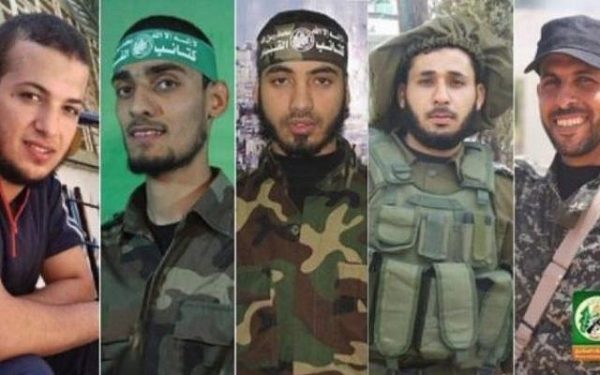
In renewed clashes on March 31 and April 1, 61 more Palestinians were injured.
On March 31, Liberman warned that Israel’s response would be still harsher if the protests continue.
The Palestinians appear determined to confront Israel. “Last Friday we stopped at the border,” Haniya said yesterday. “Next time we don’t know where the limit will be.”
Much to Hamas’ satisfaction, Arab states and Turkey harshly criticized Israel, while the United Nations and the European Union demanded investigations of the violence. But in keeping with Donald Trump’s pro-Israel stance, the United States blocked a draft Security Council statement proposed by Kuwait calling for an “independent and transparent” investigation.
